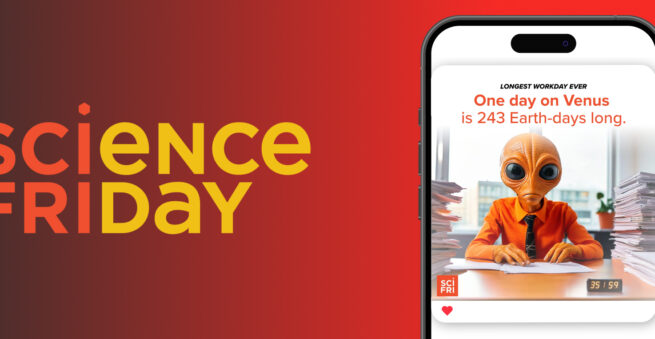Make no mistake. We love data. We trust data. We believe in data…. But we also believe in the power of human emotions.
Data has become so powerful in mapping and predicting human behaviour, we often lose touch with the hearts and minds driving the behaviour. So, let’s look at both – what does the data tell us about donor behaviour and what is the soft side of what is driving that behaviour.
Empathy vs. Sympathy
Donors must be able to relate your mission and your ask. However, if you ask them to put themselves in the victim’s shoes, it causes distress and they can clam up. Rather, ask for sympathy – to imagine how the victim feels. This is a richer, and safer place to start.
One vs. Many
While some people are influenced by the statistical view of a situation, most are influenced by the closeness and vividness of the suffering of those in need. Known as the “identifiable victim effect” people often prefer to help a single identifiable victim rather than the masses. Know when to balance the stats that demonstrate the magnitude of your mission, with the individual stories about the impact you have on the ground.
The Time-Ask Effect
The world works on more than monetary currencies. In the charitable sector, it is common for an ask to be for time in the form of volunteering, or money in the form of financial donations. People inherently put different values on time and money, and if you are asking for both, the order in which you ask can have an impact on how much is given if at all. When asked for money first and time second, people react more analytically and conservatively. When asked for time first, and money second, people start from a place of personal experience and react through emotion. This latter path is more likely to lead to a donation and larger amounts.
Similarity
As much as we all want to believe that our human nature drives us to give to all equally without bias, the science of psychology tells us otherwise. Studies using Minimal Group Paradigm methodology have demonstrated that people show favouritism for people for their own “in-group”. At face-value this statement can conjure up unsavoury images of distrimination and favouritism. Rest assured that similarities can be found beyond the traditional go-tos – similarity is established when a donor can see aspects of their own self in the recipient or can see a clear path on how they could become like the person in need.
Don’t Oversell the Problem
When communications focus on the size of a problem, donors can shut down due to an instinct to save the greatest portion of people Vs. the greatest number of people. This means that rather than save 10 out of 1000 people from cancer, the majority of people would rather use the same or even more resources to save 9 out of 10 people from heart disease.
Manage the Bucket
Similarly, people can be reluctant to give when a problem seems too big to make any tangible, noticeable difference. Known as the “drop in a bucket” effect charities need to ensure that donors know that their contributions will have an impact.
Numbed by Numbers
Again, a cautionary tale to avoid overestimating the problem, or focusing too much on the numbers…humans have a tendency to neglect the scope of the problem when dealing with social issues. This is called scope insensitivity. People do not scale up their efforts in proportion to a problem’s true size. For example, a donor willing to give $200 to help one person might only be willing to give $100 to help 100 people, instead of the proportional amount.

Power of Peer Pressure
Psychologists already know that people rely on cues from others to make decisions. The playground and our high school years are a testament to this. Recent studies have revealed that social information can lead to higher donations when used properly. While you certainly want to welcome donations of any size, and you want to ensure that you don’t alienate or scare away any potential donors, research indicates that a suggested giving level in the 90th-95th percentile can lead to larger donations. When choosing online suggested giving levels, have an option near your average donation size but be sure to present more generous options.
Coveting the Winning Team
We must admit, while there is romance in fighting for the underdog there is something great about being on the winning team. Fundraising progress bars (a.k.a. The thermometer) can be a great way to show your fundraising campaign’s progress, but it also helps you motivate people to give. While this unfortunately means that you may be in for some tough slugging at the beginning of your campaign, the good news is that the closer you get to your goal, the more willing people will be to give. Why? People tend to feel a greater sense of accomplishment when they contribute at the end of a winning effort than when they contribute early on. We all remember the joy and excitement of the winning goal



